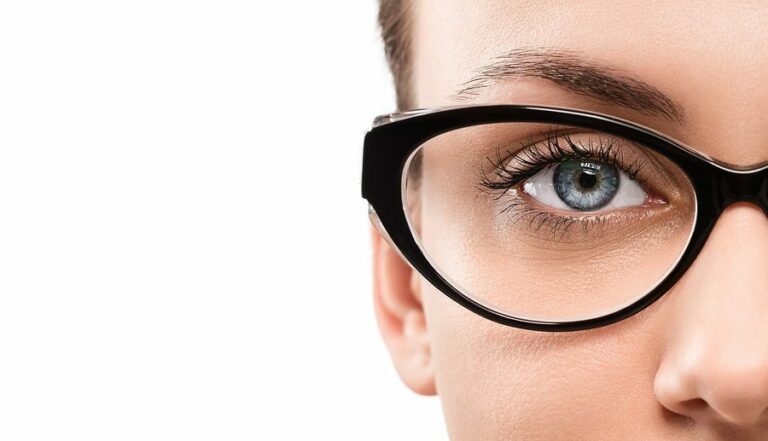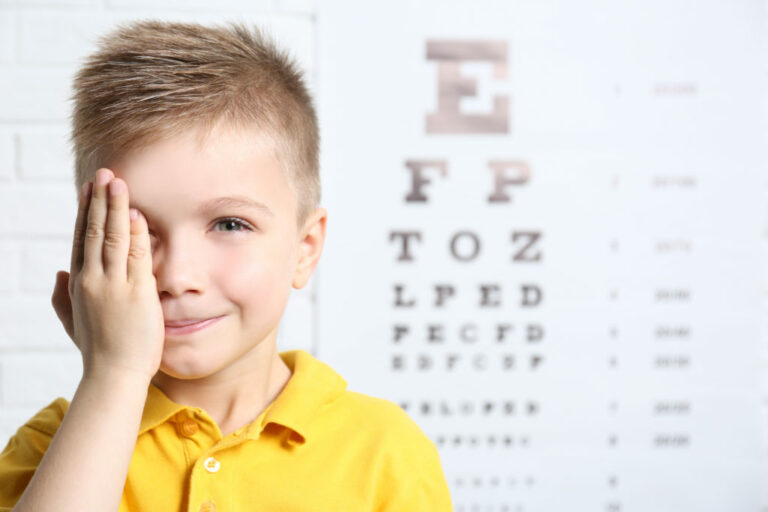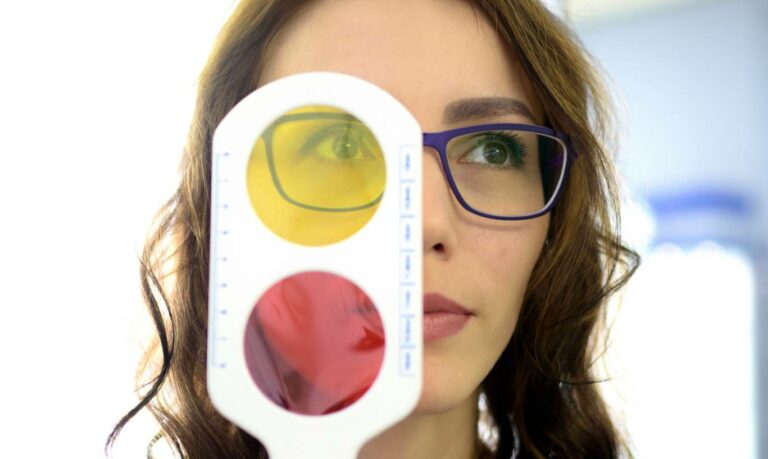According to The National Institute for Occupational Safety and Health (NIOSH), about 2,000 U.S. workers sustain job-related eye injuries that require medical treatment every day. Safety experts and eye doctors believe the right eye protection can lessen the severity or even prevent 90 percent of these eye injuries.
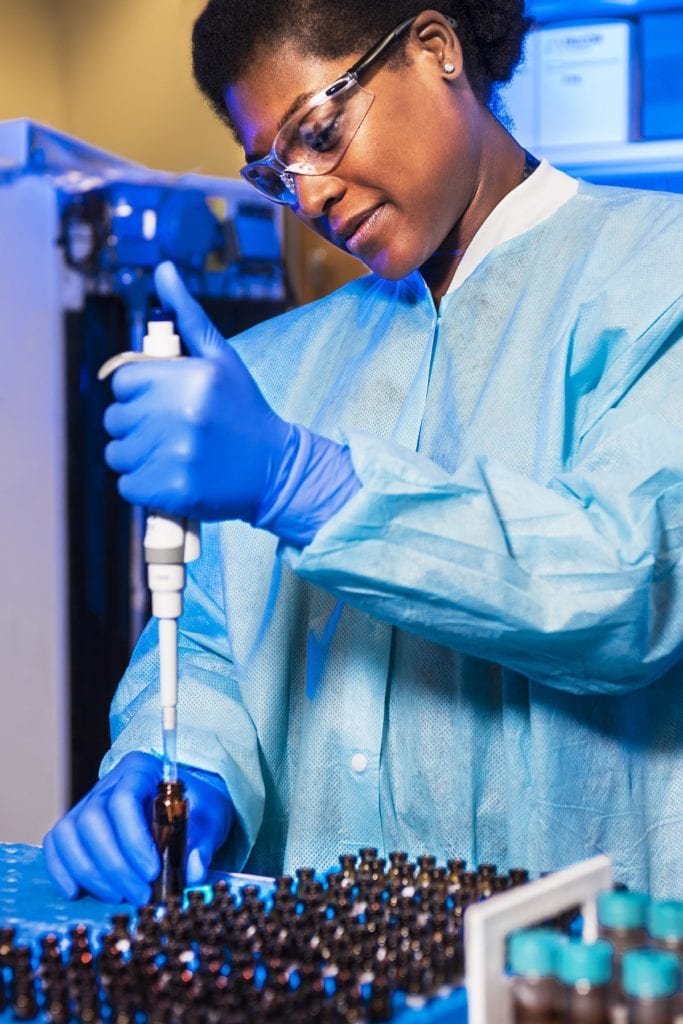
The average American worker spends seven hours a day on the computer either in the office or working from home. There is a lot of research that explains the effects of blue light on your eyes, but what are the other potential hazards in workplace environments?
Potential Eye Hazards in the Workplace
Even those who do not work at a computer find themselves battling a whole host of different hazards in the workplace. If you work in a high-risk occupation, your employer should take steps to provide proper eye protection while you are on the job.
Occupations with a high risk for eye injuries include:
- Construction
- Manufacturing
- Mining
- Carpentry
- Auto repair
- Electrical work
- Plumbing
- Welding
- Maintenance
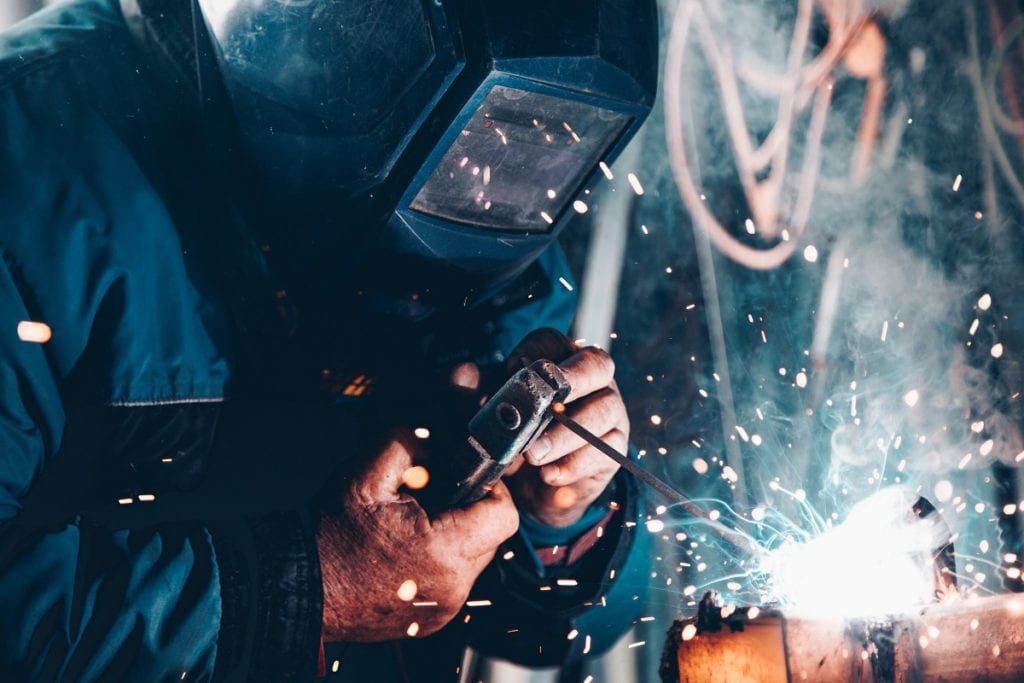
If you yourself are an employer, take steps to make the work environment you provide as safe as possible by conducting eye hazard assessments, removing hazards where possible, and providing appropriate safety eyewear (and requiring employees to wear it!).
Workplace eye protection is needed when the following potential eye hazards are present:
- Projectiles (dust, concrete, metal, wood and other particles)
- Chemicals (splashes and fumes)
- Radiation (especially visible light, ultraviolet radiation, heat or infrared radiation, and lasers)
- Bloodborne pathogens (hepatitis or HIV) from blood and body fluids
What kind of eyewear can I use for protection while working?
As noted earlier, your employer should be providing the appropriate eyewear according to your occupation and job requirements, but your selection should be based on the hazard of each activity.
Types of eye protection include:
- Nonprescription and prescription safety glasses. These glasses can be useful where there may be dust, chipped materials, or flying particles. Side shields that wrap around the periphery of the eye area add extra protection. While safety glasses may look like regular glasses, the material the lenses and frames are made from are much stronger and resistant to damage from workplace hazards. They are available in plastic, polycarbonate and Trivex™ materials and must also meet the standards of the National Standards Institute. Look for the Z87 mark on the lens or frame.
- Goggles. Goggles provide protection around hazards like dust or chemical splashes. Just like safety glasses, they are high impact-resistant and provide a shield around the entire eye area. These are easily worn over prescription glasses or contact lenses.
- Face shields, helmets, and other special protection. Welders, medical workers, or those in similar fields should utilize helmets or face shields when appropriate. With protective goggles or safety glasses used in conjunction with shields, the worker’s eyes and face will be protected from chemicals, blood-borne pathogens, molten materials, or optical radiation from welding or working with lasers.
In order to receive adequate protection, safety glasses must fit properly, remain cleaned, and unscratched. Any of these factors could obscure vision and create additional hazards.
Using the right protection for the appropriate activity, the risk of injury will be greatly reduced and protect your eyes from any type of eye hazard.
If you need assistance in selecting the proper eye protection, call our office and discuss your options with us today.
